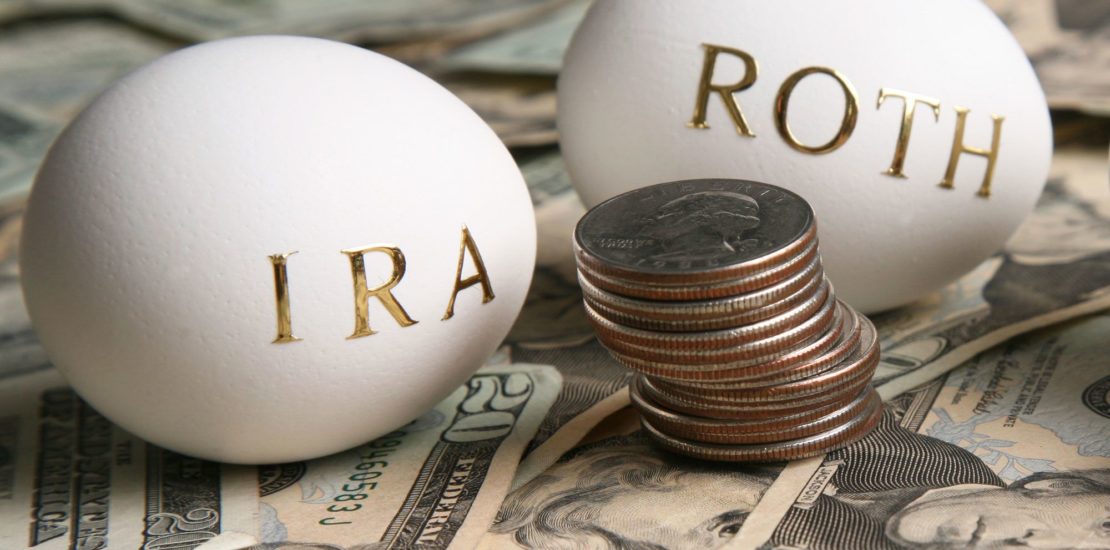
IRA And Roth IRA
Individual Retirement Account
Individual Retirement Account (IRA) is the most common form of retirement plan.
Traditional IRAs have 2 major benefits.
- You don’t pay tax on the money you contribute until you make a withdrawal.
- Any interest, dividend, or capital gains in the plan are tax-deferred until withdrawal.
Roth IRA
Roth IRAs are similar to traditional IRAs, However, the big difference is contributions are not tax deductible, and qualified distribution are tax free, provided you meet 2 guidelines.
- You leave the money in the account for at least 5 years after you make the first contribution.
- You reach 59 ½, with exceptions for death or disability.
With Roth IRAs, you can leave money in the account for as long as you want.
Traditional IRAs don’t allow that extension. You must start withdrawal by the time you reach age 70 ½.
Key Points to Remember
Traditional IRA: You don’t pay tax on the money you put in, but you pay tax when you take it out.
Roth IRA: You pay tax on the money when you put it in, but you don’t pay tax when you take it out, assuming you meet the criteria defined above.
IRAs and Roth IRAs have limits on how much you can contribute each year, and you may face penalties if you withdraw before the designated retirement age.
IRA Rollovers
IRA rollovers are an important feature to move your money to a better investment account of your choice. Unfortunately, there are many people who don’t use it for its full potential. Not only can you rollover one IRA into another, you can rollover 401ks, 403(b)s, and the like into an IRA or Roth IRA.
Simple IRA
Savings Incentive Match Plan for Employees (SIMPLE) is a type of traditional IRA for small businesses and self-employed people.
Contributions are tax deductible. Investments have the potential to grow tax deferred until withdrawal.
Employers are required to match contribution with employees up to 3% of salary or 2% flat of pay whether the employee contributes or not.
SEP IRA
Simplified Employee Pension (SEP) is a retirement plan set up by the employer, including the self-employed person. The employer makes tax-deductible contributions for the employee, including the business owner.
Employees can’t contribute; only the employer can. Employees don’t pay tax until withdrawal.
Just like other IRA plans, 59 ½ and 70 ½ rules apply. Withdrawals before 59 ½ receive a penalty with certain exceptions, such as medical or education expenses or first-time home purchasing.
Both SIMPLE and SEP IRAs are simple and low cost to set up.
Let Us Help You!!!

